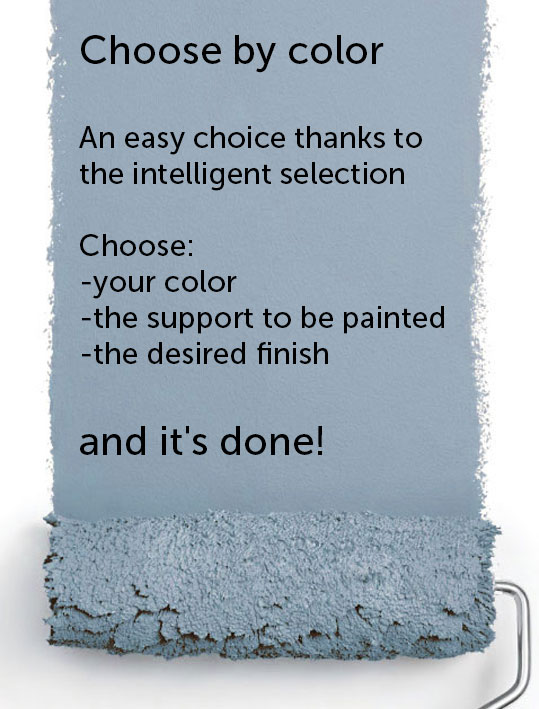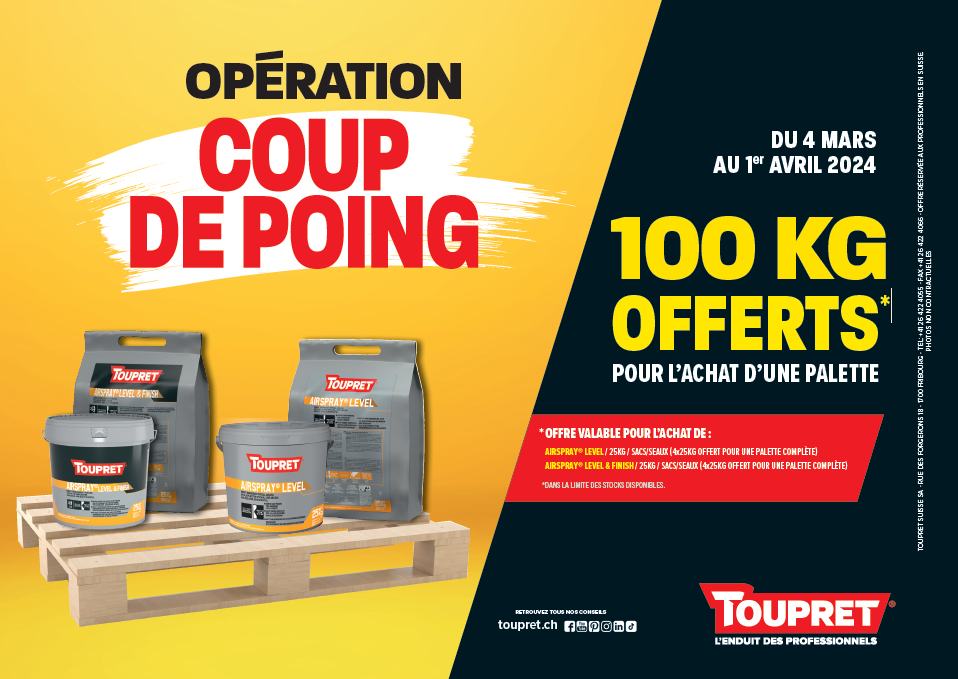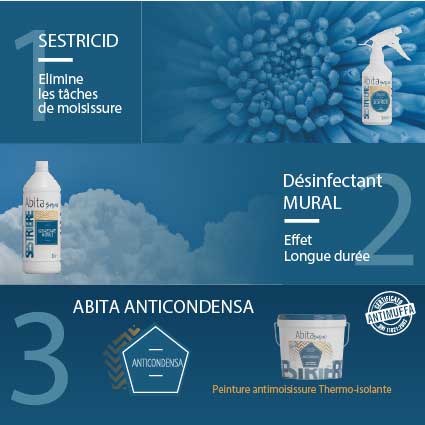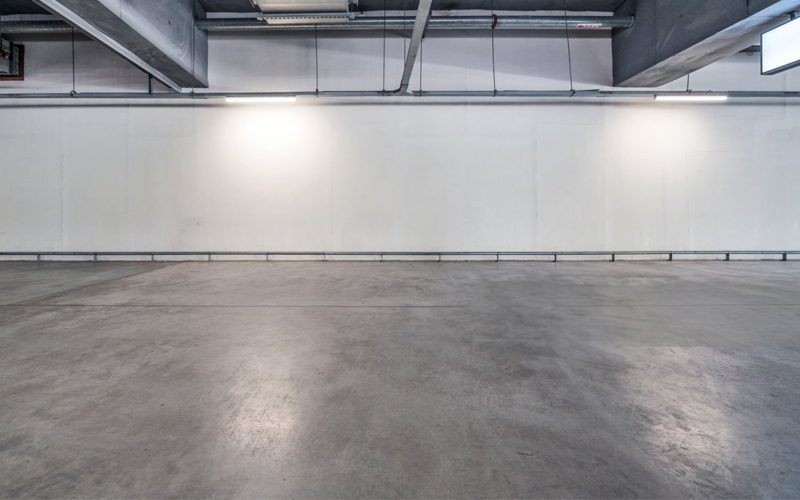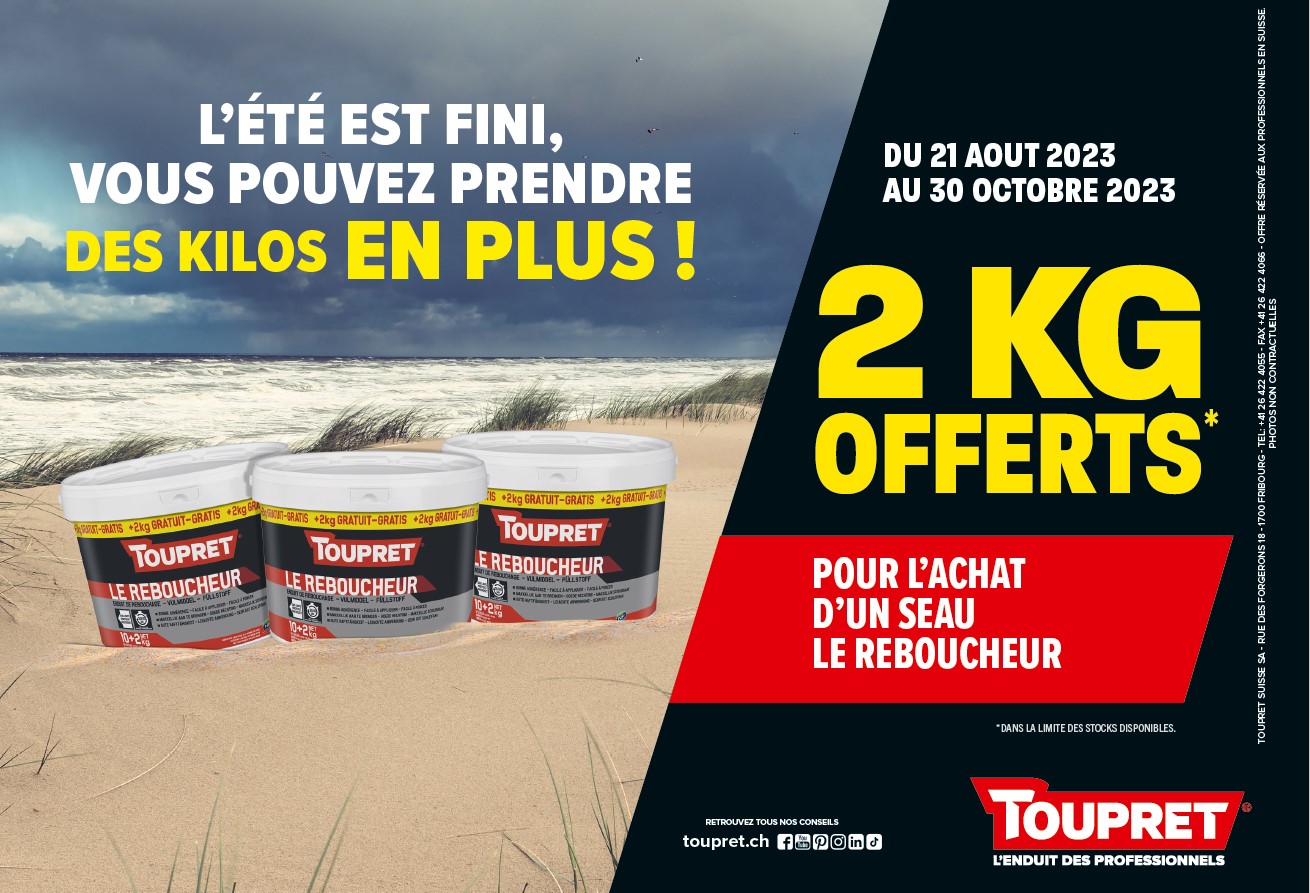Data and information on technical terms
APPEARANCE OF THE FILM
The gloss or opacity values were determined according to ISO 2813 standards, equivalent to ASTM D 1471 and DIN 67530.
MAT corresponds to a shine of 0-10 gloss
SATIN-MAT (Eggshell) corresponds to a shine of 10-20 gloss
SEMIBRILLANT corresponds to a shine of 20-45 gloss
GLOSS corresponds to a shine of 45-75 gloss
VERY BRILLIANT corresponds to a shine of 75-100 gloss
SHELF LIFE (stability of the product in the pot)
This is the time the paint can be used and stored in new, unopened pots, at temperatures between +5 and +30°C. If the pot life time exceeds what is indicated in the technical data sheets, the product - before being used - must first be checked.
SUBSTRATE CONDITIONS AND TEMPERATURE
All types of surfaces must always be perfectly cleaned, deoxidized, degreased and descaled.
At the time of application, the temperature of the support and that of the air must be carefully considered.
In order to avoid condensation phenomena on the surface which has just been painted, the temperature of the support must be at least 3°C higher than the dew point temperature.
Example with relative humidity of 70%
Air temperature (°C) 5° 10° 20° 30°
Dew point (°C) 0.0 4.7 14.4 23.9
Minimum acceptable support temperature (°C) 3.0 7.7 17.4 26.9
In general, a reduction in temperature leads to a risk of condensation on the surface, which will consequently become opaque.
Example: Metal supports cooled by night temperatures often show traces of condensation, which only disappear when the surface is heated by solar radiation or by other means.
POLYMERIZATION TIME
It is indicated on the technical sheets and corresponds to the period of time after which the product is able to resist the chemical - physical stresses for which it was formulated (normally 7-10 days after application made at a temperature of +20 °C).
SPECIFIC WEIGHT (PS=mass density)
We define with this acronym (PS) the volumetric density mass, i.e. the specific weight (weight of the unit of volume) for each product.
The values indicated have a tolerance of ±0.05 kg/liter.
DRY RESIDUE BY VOLUME (RSV)
This value is very important, because it makes it possible to determine the Theoretical Yield (RT) of each product in relation to a determined film thickness value. The dry residue by volume was calculated using the ISO 3233 method, equivalent to the ASTM D 2697 and DIN 53219 methods.
FILM THICKNESS
Film thickness is subdivided into dry film thickness (sp.s.) and wet film thickness (sp.u.). The dry film thicknesses (sp.s.) have been indicated and must be respected during application with an approximation of 10%. Otherwise we may encounter defects relating to: covering power, sagging, drying, resistance, etc. To be sure to apply the optimal thicknesses, we can measure, using certain specific and very simple instruments, the thickness of the wet layer applied and calculate the dry film; in the same way we can obtain the thickness of the wet layer to be applied starting from the desired dry film, using the very simple formulas indicated below:
DRY Thickness = Wet Thickness x % RSV / 100
WET thickness = Dry thickness x 100 / % RSV
PRACTICAL PERFORMANCE
Practical performance depends on many factors, such as surface condition, profile, method of application, whether it is high, medium, low solid paint, weather conditions, etc. Normally the practical efficiency is calculated for metal surfaces at 70% of the theoretical efficiency, but this value can also go down to 40-50% if it ismedium, small or very irregular surfaces. It is not possible, on the other hand, to calculate, precisely, the practical yields on wooden, plastered, concrete surfaces, because there are many other factors such as the impression of the support, the absorptions, the filling of porosities, etc. ...that we cannot know beforehand.
MIXING RATIO
Two-component products should be used in the correct mixing ratio with its hardener.
Then it will be convenient to rinse the hardener pots with a little diluent and mix everything in the base product. By operating in this way, we are sure to use all the necessary quantity of hardener. All calculations relating to the use of hardeners are stoichiometric and refer exclusively to our products. Any mixing of our two-component products using hardeners from other sources is strongly discouraged.
INDUCTION TIME
This is the time period that passes between the mixing of two-component products and their use (it can vary from a few minutes to 15-20 minutes depending on the products, the ambient temperature and that of use).
POT LIFE (PRODUCT LIFE AFTER CATALYSIS)
It indicates, for two-component products, the time period during which the mixed product can be used (normally 4-5 hours at +20°C).
This time delay decreases with increasing temperatures. Some hardeners may have very short pot life times, so you should carefully check what is indicated.

